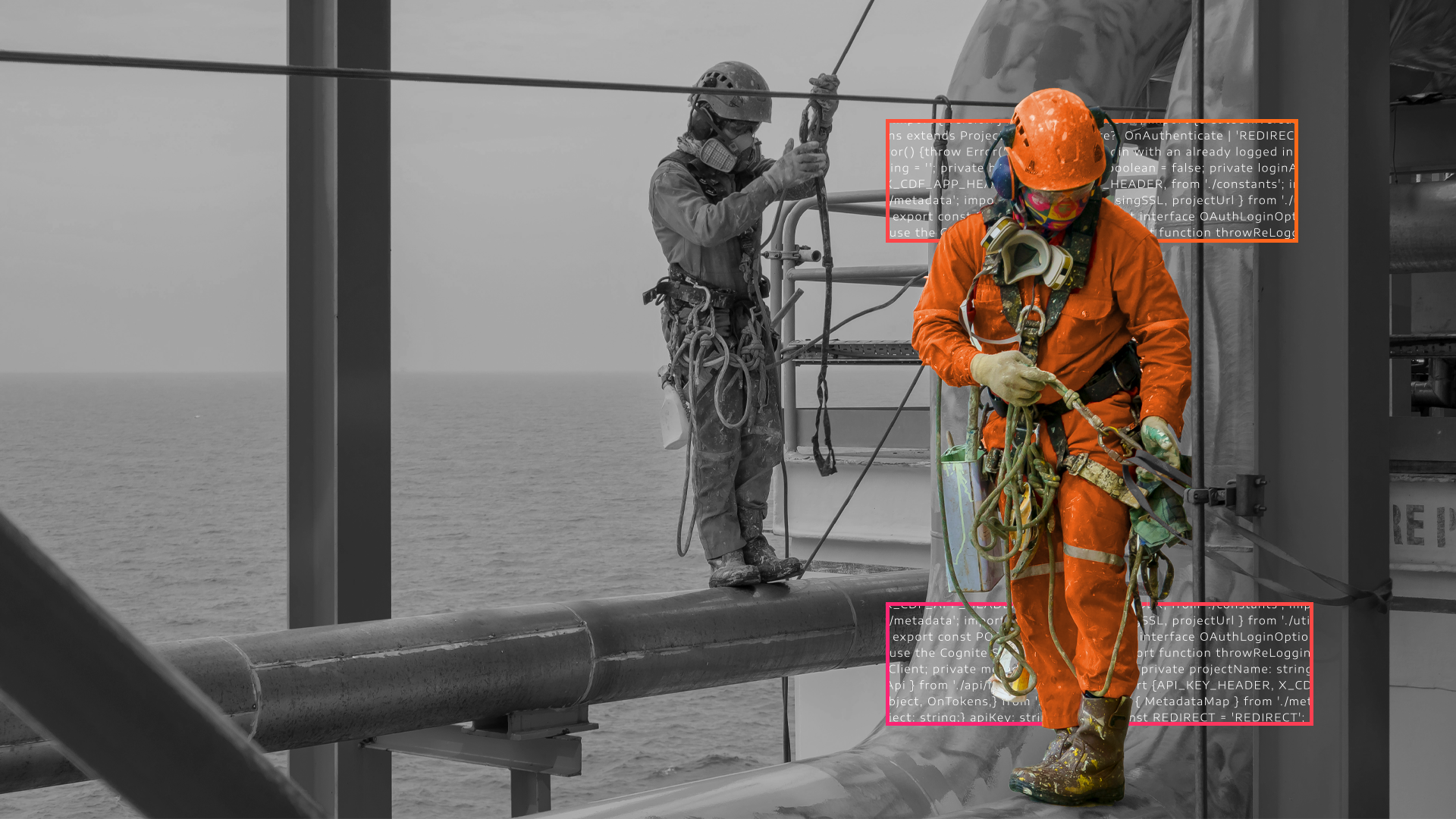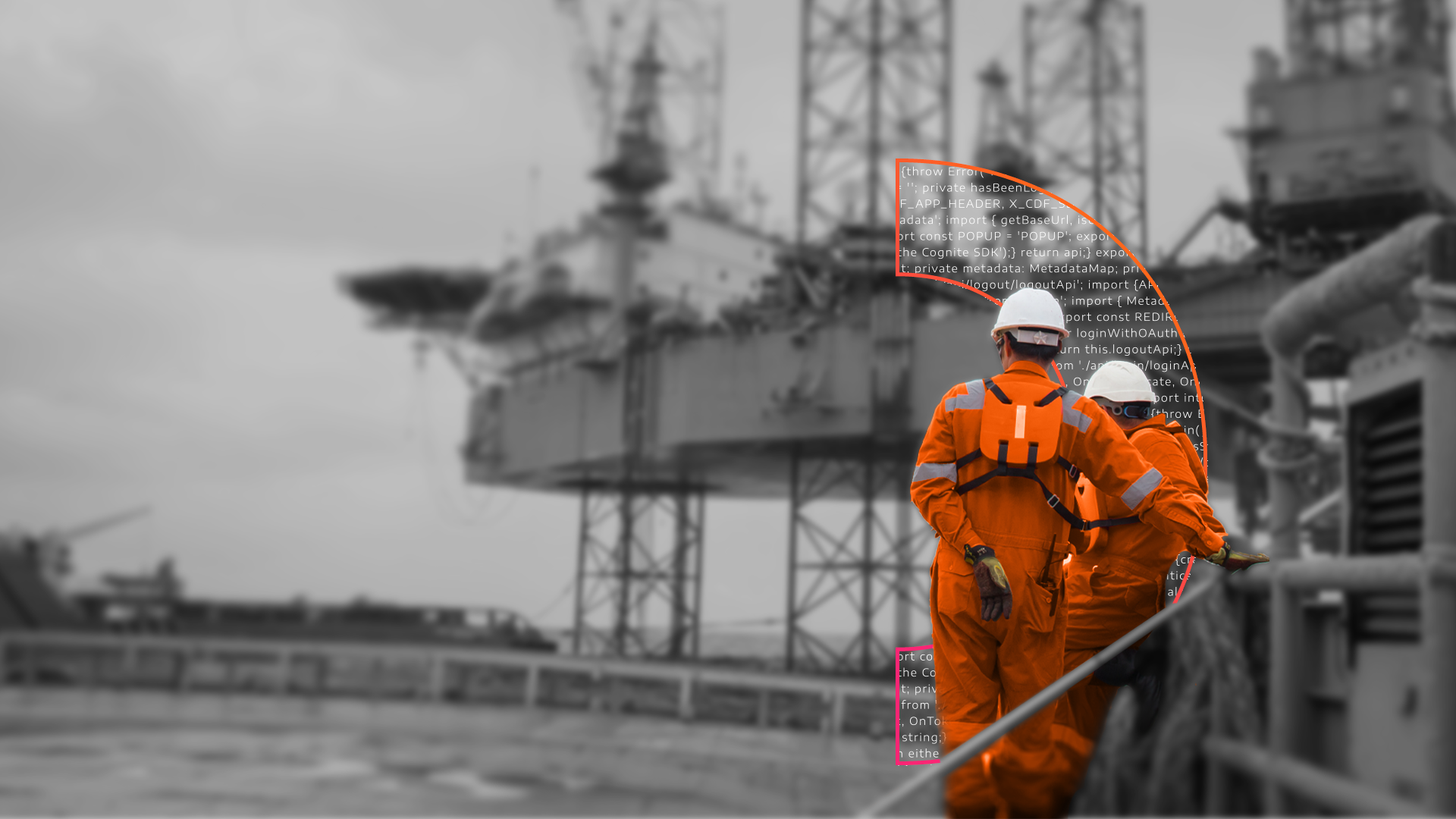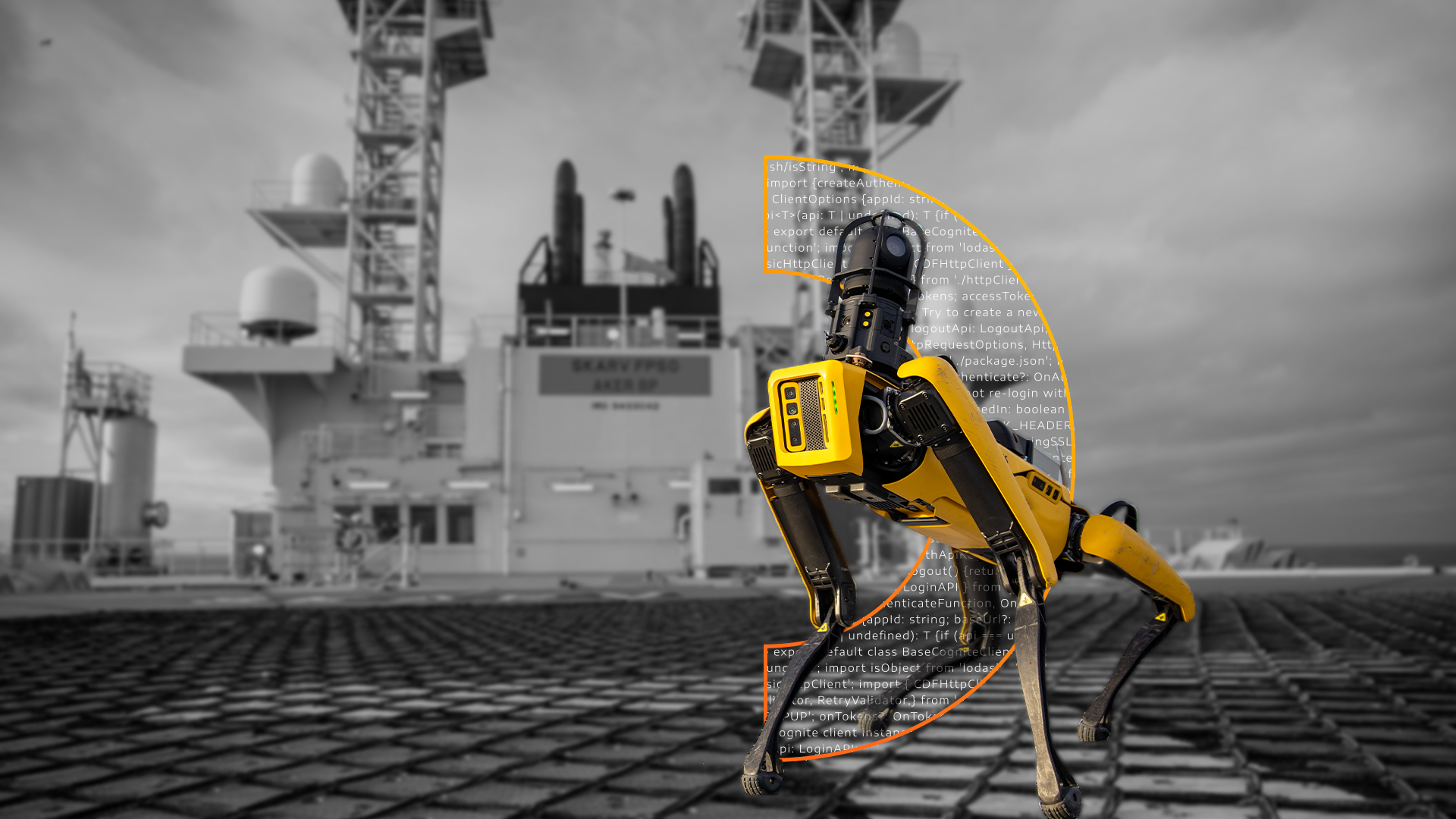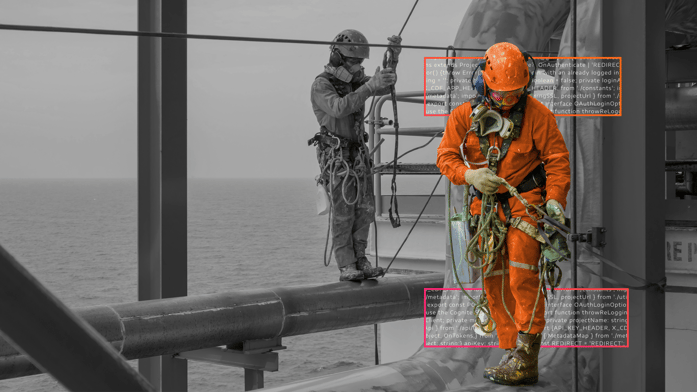This article was originally published in Forbes Council.
By Dr. Francois Laborie, President of Cognite, North America
The idea for computer vision was born in the 1960s when a team of researchers at MIT attempted to connect a camera to a computer. While unsuccessful, a seed was planted in the minds of the scientific community. What would it take for a computer to see as well as — or better than — a human?
Throughout my career, I've been in pursuit of an answer to this question and have become quite passionate about the advancement of computer vision. In my time at my previous company, we developed a fully image-based replacement for field-side advertising boards in soccer stadiums and even created a "hologram" of Will.i.am for CNN's 2008 presidential election coverage. Since these then-novel applications of futuristic technology, computer vision has quietly crept into our everyday lives.
We unlock our phones with our faces. We search our digital photo libraries using a friend's or family member's name. We even have a plethora of photo filters at our fingertips to give ourselves dog ears or completely change our appearance. This is computer vision in action, and while these examples may seem trivial, they are clear examples of just how far the technology has come.
The market is ripe with valuable commercial applications for computer vision.
From digital changing rooms to advanced medical equipment that can detect tumors or signs of stroke, there are monumental breakthroughs that are changing the way we interact with technology and the world around us. So why have we not seen the same boon of computer vision applications in industry?

Vision data is anticipated to be a major driver of Industry 4.0, a transformation that is expected to deliver between $1.2 trillion and $3.7 trillion in potential value by 2025 worldwide, according to McKinsey. That's a great deal of potential and promise, but when it comes to the usage of computer vision in heavy industry, most companies are still lagging in comparison to the consumer market.
The lag in industrial computer vision adoption can generally be attributed to two main issues.
First, there is a lack of understanding of how computer vision can add value to the business. Second, there is an inability to integrate and contextualize data at scale and in real time. The gradual increase in exposure to computer vision applications over the last five years — along with continuous improvements in machine learning algorithms, sensor price points and bandwidth in cloud and edge computing — has started to unlock the potential of computer vision in industry.
Current industrial use cases are typically related to remote surveillance or a closed-loop control system to automate and monitor processes in discrete manufacturing use cases. However, as additional types of image data become more readily available, use cases are expanding. Not only are simple cameras greatly improved as far as image quality, size and cost, but drones, robots and even satellites are now in the mix. With a clear data vision and the right data management strategy, industrial image data can be put into action.

- Oil and gas: We helped deploy a quadruped robotic dog called Spot in order to increase productivity and improve the safety of offshore rigs in the Norwegian Sea. As Offshore magazine notes, Spot has begun undertaking tasks like "autonomous inspection, high-quality data capture and automatic report generation. These data insights provide onshore operators with telepresence on offshore installations allowing them complete real-time mission planning and help drive crucial activities."
- Power and utilities: Drones can survey power lines in high-risk fire areas. According to a Wall Street Journal report, PG&E is using computer vision to "enhance remote aerial inspections of transmission equipment," relieving human inspectors of routine tasks and allowing them to focus their full attention on finding ignition risks.
- Manufacturing: Computer vision-guided robots are joining the production floor to take over repetitive tasks and free up human time for more creative work. Robots can detect anomalies faster and complete inspections more accurately, and even allow for a 24/7 production line, increasing output and lowering costs.
Computer vision is an untapped opportunity lying on our industrial doorstep.
To realize the opportunity, we need to start collecting and using the data at our disposal. This includes cross-referencing images with other data sources, such as batch quality and sensor data, and automating data preparation and analysis. On top of that, your computer vision "eyes" must be mobile, which is where robots can come in. Through robotic mobility, you can dispatch, collect, contextualize and make the vision data actionable.

Actionable vision data can be put to use for asset surveillance and monitoring, the development of 3D models, or to enable augmented reality and industrial artificial intelligence — all of which can enable you to develop solutions that increase the safety, sustainability and efficiency of your operations and, ultimately, drive revenue.
Unlike the 1960s, we are now fortunate to have access to cheaper, more powerful hardware as well as innovative, cutting-edge software that, together, allow us to better understand the value of computer vision applications. This perfect storm of technology in the 21st century has created an ideal scenario for computer vision to transform American industry. The data is ready and waiting; we just need to make it do more if we want to open the eyes of our industrial operations.
